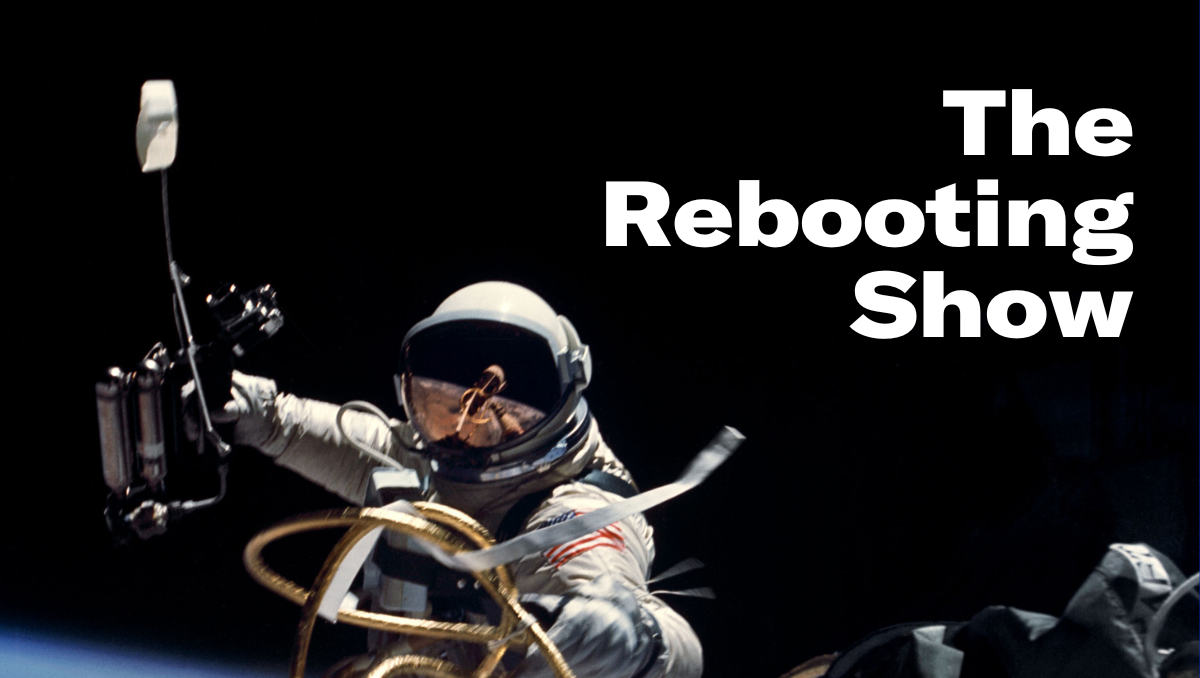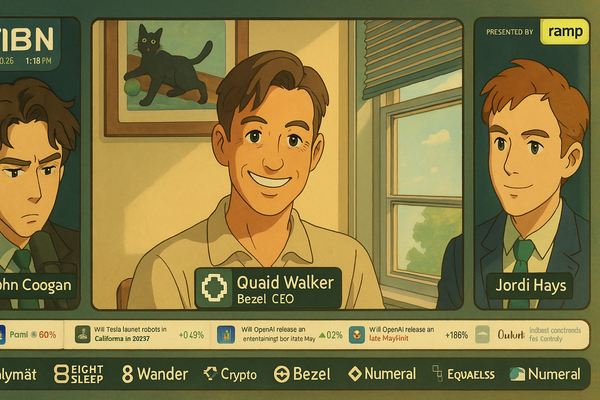The vibe shift to normal
The recalibration is underway

The summer is winding down. I’m heading out tomorrow for a trip to Naples, Palermo and Favignana. I’ve never been to Naples, so send any deep cuts to me by hitting reply.
This week:
- A conversation with Scott Messer about why curation is the new digital ad buzzword
- 49 days PTO?
- Performance marketing moving up the funnel
- Finding sustainable models in local news
- For members: Unpacking the recalibration underway


Google schmoogle
Yes, Google announced they will keep cookies in Chrome for now, but the industry must continue to look for privacy-preserving cookie alternatives that will do the same job, if not better. EX.CO’s new industry guide offers actionable strategies for privacy-safe online advertising that can be implemented today. You’ll also gain first-hand advice from leading experts on how to navigate targeting without cookies.

Scott Messer on publishing’s “pivot to everything”
On The Rebooting Show, I spoke to Scott Messer, founder of media advisory firm Messer Media and former svp of media at Leaf Group. Scott is in the weeds on the digital ad ecosystem, and he broke down the current state of play for publishers. We discussed why traffic declines are still the No. 1 challenge for publishers, why publishers are shifting from traditional monetization mechanisms, retail media as potential allies, and why “curation” is the latest hot new trend in ad tech, even if it sounds quite a lot like what ad networks have always done. Listen on Apple | Spotify | other podcast platforms
Crooked Media sets a new labor contract comp
For several years, Axel Springer’s 10.5x revenue deal to buy Business Insider in 2015 set the bar of aspiration for publishers in a sales process. And that’s because it was and remained the outlier.
That could be the fate in labor negotiations with Crooked Media’s union deal that sets a $80,000 starting salary and an astounding 49 days of PTO. That will put pressure on peers to match the terms and figure out a way to make that work in a field that’s long relied on churning through underpaid early-career workers. It stands in contrast to the contract Condé Nast negotiated with its union that set a $61,500 starting salary.
Bottom-up digital marketing
I’ve long tracked the shift to performance marketing from top-of-the-funnel activities. This reminds me of covering advertising agencies when the brand agencies doing TV ads were the bee’s knees while the direct marketing shops were backwaters. That shifted, and agencies specializing in direct performance marketing ended up moving up into the brand work more successfully than vice versa.
Something similar is likely to happen in digital media. In its recent earnings report, Taboola CEO Adam Singolda noted this:
“The focus advertisers of all sizes have on performance, just mid-funnel and lower funnel to make sure that whatever money they spend works, it’s just unbelievable to me to see. There is no more room for let’s spend and hope for the best. Let’s get a bottle of wine over dinner and do some RFP. Those days are just gone. You’re seeing advertisers of both sizes, you’re seeing teams dedicated to understand and measure value of spend.”
That’s going to provide opportunities for performance players move up the funnel as marketers blend performance and brand goals.
Rethinking local
Local news is the gnarliest of the gnarly problems in digital media. There are few standout examples of models that are working well, but there are many under-the-radar attempts to rethink these models. One of the challenges of local news is defining where it is going to win. In Minneapolis, the newly rechristened Minnesota Star Tribune is aiming to both broaden its total addressable market from Minneapolis (425,000) to Minnesota (5 million). More specifically, it will make clear the brand is also for St. Paul’s 310,000 population. The paper is also focusing its coverage on five key areas: news and politics, business, outdoors and the environment, food and culture, and sports.
The North Star of the organization is clearly with subscriptions. It is focusing on getting as many paying subscribers as possible with an across-the-board $1 offer for six months, rising to $5 a week. It’s hard to see how these models work without that kind of approach.
The vibe shift to normal
Cultural shifts are difficult to pinpoint, and there is always contradictory evidence since societies are a jumble of interests, individuals and power centers. Something I notice gaining currency lately is that we are in the midst of a recalibration after a long period of societal dislocation. Societies typically go through periods of consolidation in the midst of change cycles. And I see a lot of evidence mounting, some admittedly anecdotal or even vibes based, to indicate that we are in for a period of recalibration.




